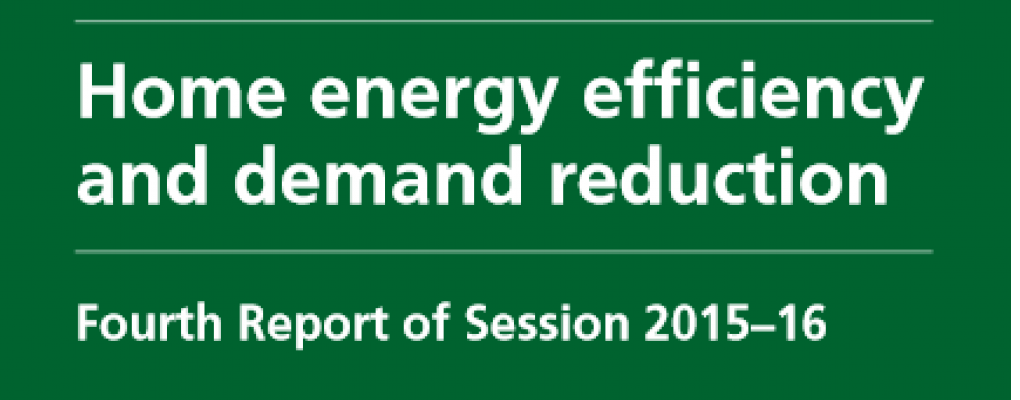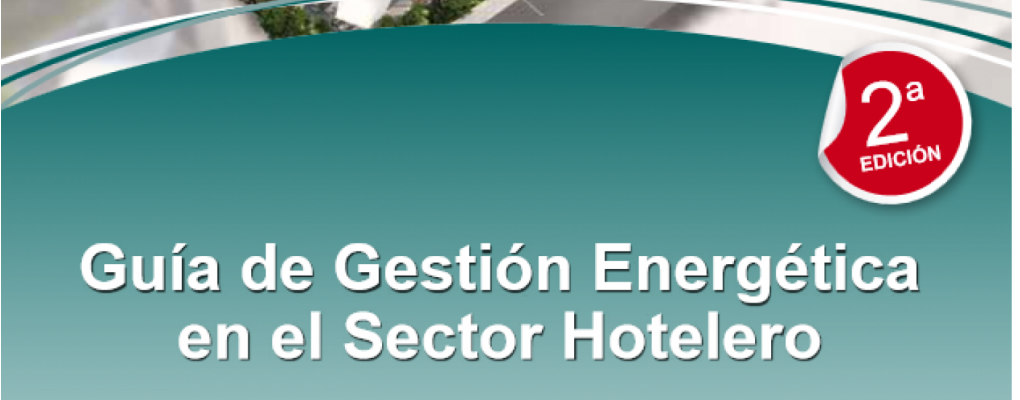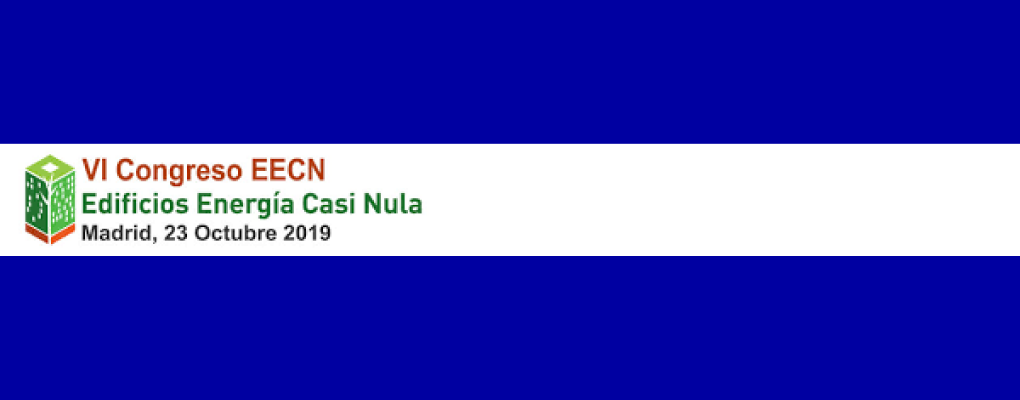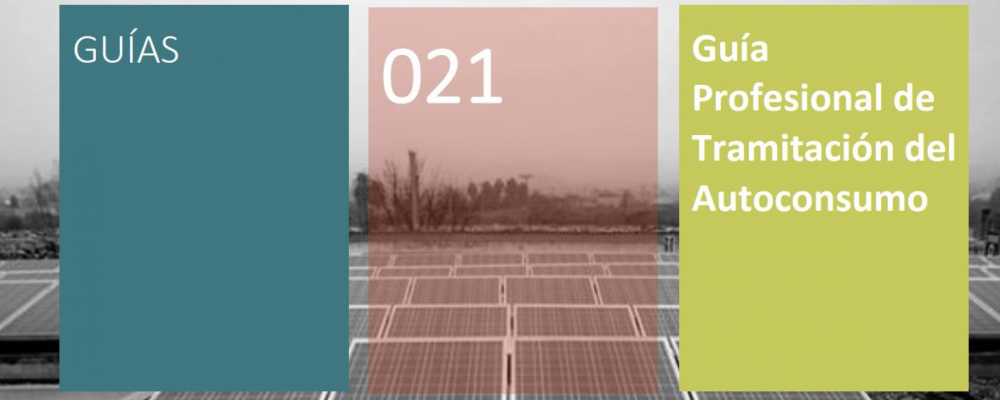
-
17 mar. 2016
- 3336
Home energy efficiency and demand reduction
Eficiencia energética 1.Making homes energy efficient and reducing demand can play a significant role in lowering household fuel bills, increasing security of supply and reducing carbon emissions. Improving home energy efficiency is therefore critical in helping the UK tackle the energy trilemma. Moreover, better levels of energy efficiency can improve consumer well-being and increase household comfort, making homes a nicer place to live in. However, the UK housing stock is amongst the least energy efficient in the world. Adequate policies are essential to facilitate the retrofit of existing buildings and ensure that new ones are built to the most efficient standards. 2.In recent years, the Government’s main efforts to improve household energy efficiency have consisted of a series of supplier obligations—the most recent of which is the Energy Company Obligation (ECO)—and a market-led ‘pay-as-you-save’ framework called the Green Deal. While ECO used targets to drive action from the large energy suppliers subject to the obligation, the Green Deal offered loans, administered by the Green Deal Finance Company (GDFC), to enable ‘able-to-pay’ households to install energy efficiency measures at little or no upfront cost. The Government said that the latter scheme would deliver energy efficiency to homes and buildings across the land. In addition to this, the Government has sought to improve domestic energy efficiency through the introduction and use of regulations, such as those originally introduced to help the UK achieve zero carbon homes by 2016 (although this has now been scrapped, see paragraph 11). The Government has also committed to roll-out smart meters to all homes and small businesses by 2020, to help households better understand and control their energy use. 3.There have been a number of announcements concerning UK home energy efficiency policies over the last year. In July 2015, HM Treasury announced that the Government would end its commitment to delivering zero carbon homes in 2016. In the same month, the Department of Energy and Climate Change (DECC) issued a statement explaining that there would be no further Government funding for the GDFC—citing “low take-up and concerns about industry standards” as reasons for the decision. In response to DECC’s decision to end funding, the GDFC announced that it would immediately cease accepting applications for new Green Deal Plans. This decision meant that no additional finance was available for households to fund any future Green Deal measures, effectively bringing the scheme to an end for new applicants. The Government also announced in the 2015 Spending Review that a new supplier obligation would replace ECO after the scheme’s planned closure in March 2017. This decision was part of the Government’s “package of measures to reduce the projected cost of green policies”. 4.In July 2015, one of the first steps we took as a Committee was to consult our stakeholders on priority areas of scrutiny. This has helped to inform our immediate programme of inquiries and our long-term strategy. Energy efficiency emerged as a key priority for scrutiny. Many stakeholders highlighted the need to ensure that the Government had learnt from schemes such as the Green Deal and ECO and understood what steps need to be taken to create a market for energy efficiency. In response, we launched our Home energy efficiency and demand reduction inquiry on 16 September 2015. We received 99 written submissions and held five oral evidence sessions between November 2015 and January 2016. A full list of witnesses can be found at the back of this report. We are grateful to all of those who contributed to this inquiry. 5.In chapter 2 of this report we present an overview of recent energy efficiency policies and review their successes and failures. In chapter 3, we discuss the specific idea of a new supplier obligation and how it can best be designed to drive energy efficiency objectives. In chapter 4, we set out our ideas on how to create a clear, long-term policy framework for energy efficiency. Finally, in chapter 5 we present our overarching conclusions on this subject. Home energy efficiency and demand reduction Ver en la fuente original.


